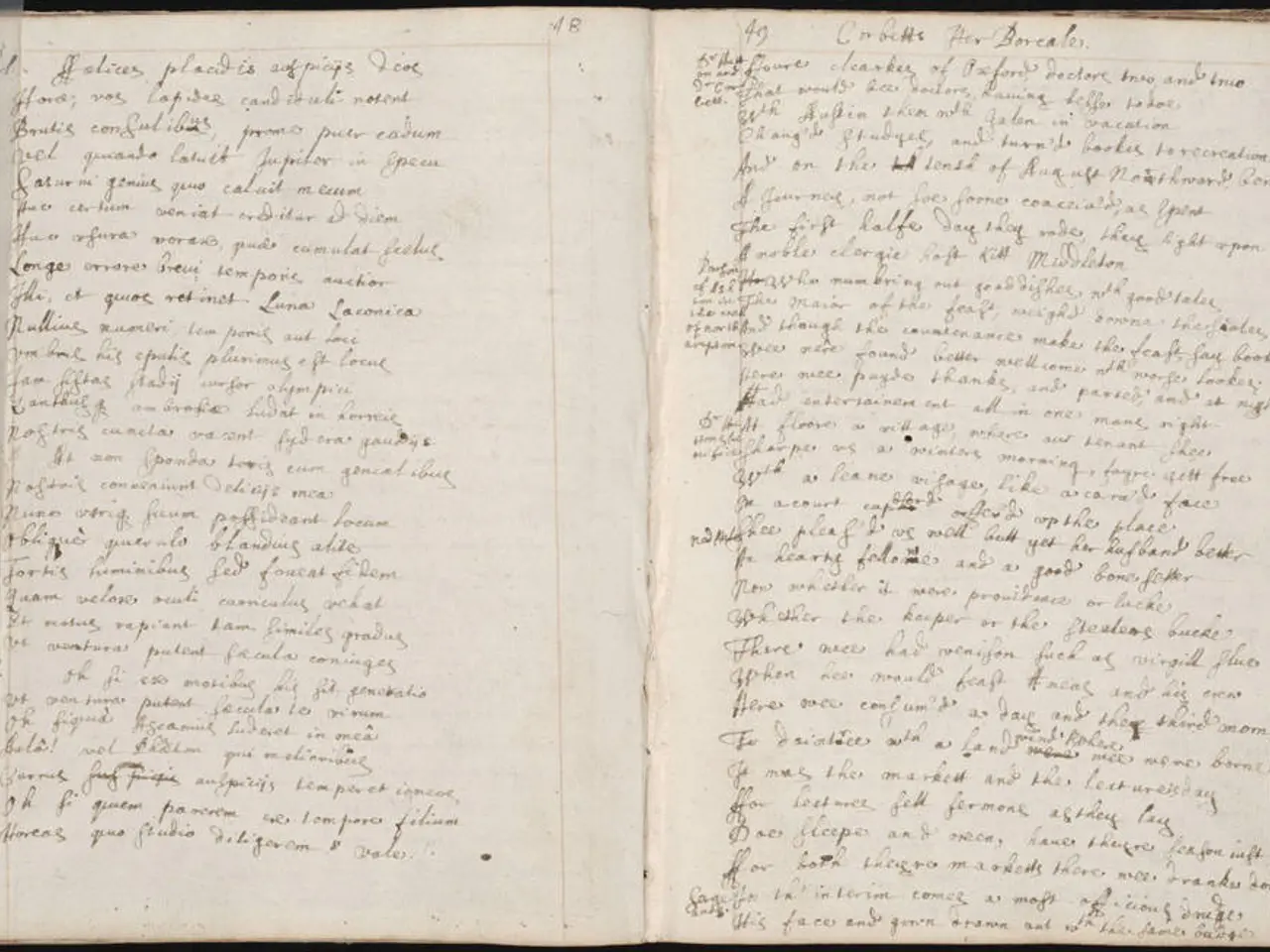"Examining Popular Movie and TV Speculations: Truth or Deception?"
In the world of entertainment, mysteries and unresolved questions often draw us in, sparking intriguing fan theories that enrich our viewing experience. These theories, born from close analysis and imaginative expansion, can change how we perceive films and TV shows, making ordinary moments into pivotal character decisions.
One such example is the theory that Cobb's totem in "Inception" is his wedding ring, rather than the familiar spinning top. This alteration reshapes the film's perception, offering a fresh take on the storyline.
The "Pixar Theory" and "Tarantino Theory" take this concept to another level, suggesting interconnected universes across respective films. These theories alter viewer experiences, offering a grander narrative tapestry that links seemingly unrelated stories together.
Unexplained details in TV shows also fuel fan theories, letting us imagine alternate reasons for a character's actions or event outcomes. This imaginative process enriches fan involvement, building dedicated fan communities and keeping a show alive long after it ends.
Characters' motivations can also be reassessed through fan theories, offering new perspectives and reframing narratives. For instance, the "Ned Ryerson is the Devil" theory in Groundhog Day reinterprets the film's time loop as a darker moral or supernatural punishment, altering the film’s otherwise comedic and redemptive narrative.
Engaging deeply with a show's unexplained details and alternate story endings builds a sense of community among fans. This participation can increase audience investment, making viewers feel like contributors to the story’s universe, not just consumers. Such engagement can also influence how storytellers approach their work, sometimes incorporating or responding to popular fan interpretations in later content.
However, fan theories vary widely in impact; some remain niche, while others spark widespread debate and even affect the direction of sequels or spin-offs, as seen with Stranger Things. These theories can sustain fan interest during hiatuses and contribute to the longevity of the series’ cultural relevance.
Fan theories can also change the tone or emotional resonance of a story. In Groundhog Day, for example, the dark theory that Ned Ryerson (a recurring minor character) is a devil figure traps Phil Connors in a theme of eternal punishment, altering the film’s otherwise comedic and redemptive narrative and encouraging deeper reflection on its meaning.
In summary, influential fan theories foster deeper audience engagement by inviting reinterpretation, creative contributions, and ongoing conversation around media texts, often enriching and complicating the original storytelling experience. They keep viewers engaged, turning simple narratives into complex adventures. From the "Ned Ryerson is the Devil" theory in Groundhog Day to the various contentious theories around shows like Stranger Things, fan theories continue to play a significant role in shaping our understanding and interpretation of stories.
*References:* [1] Fiske, J., & Hartley, J. (1978). Reading television. Routledge. [2] Jenkins, H. (2006). Convergence culture: Where old and new media collide. New York University Press. [5] Gray, J. (2010). Show sold separate: The exhibition of network television. University of California Press.
Movies and TV shows often provoke fan theories that offer unique insights into the original narratives, such as the speculation that Cobb's totem in "Inception" is his wedding ring or the theory suggesting interconnected universes across Pixar films. These intriguing ideas not only intensify entertainment but also foster a sense of community among fans, where viewers feel like contributors to the story's universe rather than just consumers.








